
Royal Australian Navy, JMSDF, US Navy and Indian Navy ships carrying out anti-submarine operations, cross deck landings and seamanship manoeuvres during the ongoing Malabar naval drill. Photo: SpokespersonNavy/Twitter
NEW DELHI (PTI): The navies of India, the US, Japan and Australia on Tuesday held a series of complex manoeuvres in the Bay of Bengal, kick-starting the four-day-long first phase of the Malabar naval exercise, seen as a prelude to future military cooperation among the member nations of the Quad or Quadrilateral Coalition.
The mega exercise is taking place at a time India and China are locked in a nearly six-month-long bitter border standoff in eastern Ladakh.
Japan, Australia and the US – the three other participants of the exercise – too are having fractious ties with China in the last few months over a range of contentious issues.
"Several complex military drills were conducted on the first day of the exercise in the Bay of Bengal," a military official said.
The evolving situation in the Indo-Pacific region in the wake of China's increasing military muscle-flexing has become a major talking point among the leading global powers. The US has been favouring making Quad a security architecture to check China's growing assertiveness.
In a tweet, the US Embassy said the exercise reaffirmed the commitment of the participating countries to stronger defence cooperation in the Indo-Pacific region.
Last month, India announced that Australia will be part of the Malabar exercise.
The first segment of the exercise is from Nov 3 to 6 while the second phase of the drill is scheduled to be held from November 17 to 20 in the Arabian sea.
"The exercise, being conducted as a non-contact, at sea only' exercise in view of COVID-19 pandemic, will showcase the high levels of synergy and coordination between the friendly navies, which is based on their shared values and commitment to an open, inclusive Indo-Pacific and a rules-based international order," the Indian Navy had said in a statement on Monday.
Meanwhile, China on Tuesday hoped that the quadrilateral Malabar exercises would be conducive to the regional peace and stability instead of the contrary.
"We hope that relevant countries' military operations will be conducive to peace and stability in the region instead of the contrary," Chinese Foreign Ministry spokesman Wang Wenbin told a media briefing in Beijing.
The invitation by India to the Australian Navy for the exercise came two weeks after foreign ministers of the 'Quad' member nations held extensive talks in Tokyo with a focus on enhancing their cooperation in the Indo-Pacific, a region where China has been expanding its military influence.
The first phase of the exercise would witness complex and advanced naval drills like anti-submarine and anti-air warfare operations, cross deck flying, seamanship evolutions and weapon firings.
The Malabar exercise started in 1992 as a bilateral drill between the Indian Navy and the US Navy in the Indian Ocean. Japan became a permanent member of the exercise in 2015.
The annual exercise was conducted off the coast of Guam in the Philippine Sea in 2018 and off the coast of Japan in 2019.
The Indian Navy has deployed a number of its key platforms including destroyer Ranvijay, frigate Shivalik, off-shore patrol vessel Sukanya, fleet support ship Shakti and submarine Sindhuraj.
Also, advanced jet trainer Hawk, long-range maritime patrol aircraft P-8I, Dornier maritime patrol aircraft, and several helicopters are participating in the drill, officials said.
US Navy ship USS John S McCain, a guided-missile destroyer, Australian Navy's long-range frigate HMAS Ballarat with integral MH-60 helicopter and Japan Maritime Self Defence Force's JS Onami, a destroyer, are among the platforms participating in the first phase of the exercise, they said.
During the recent Indo-US 2+2 talks, US Defence Secretary Mark Esper welcomed India's invitation to Australia to join the Malabar exercise.
For the last few years, Australia has been showing keen interest in participating in the exercise.
In June, India and Australia elevated their ties to a comprehensive strategic partnership and signed a landmark deal for reciprocal access to military bases for logistics support during an online summit between Prime Minister Narendra Modi and his Australian counterpart Scott Morrison.
The Mutual Logistics Support Agreement (MLSA) allows militaries of the two countries to use each other's bases for repair and replenishment of supplies, besides facilitating scaling up of overall defence cooperation.
 Previous Article
Previous Article Next Article
Next Article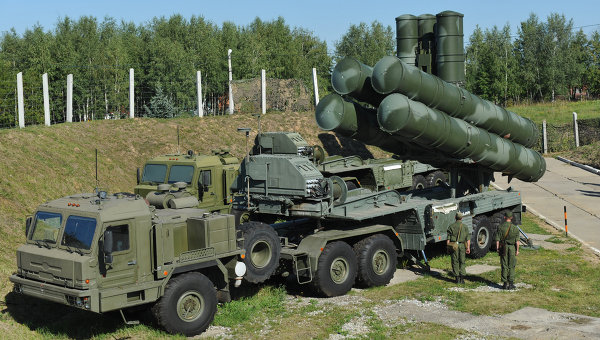
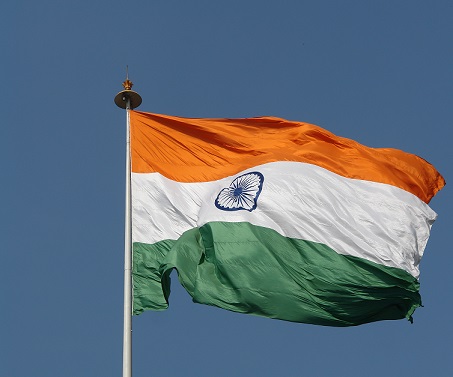
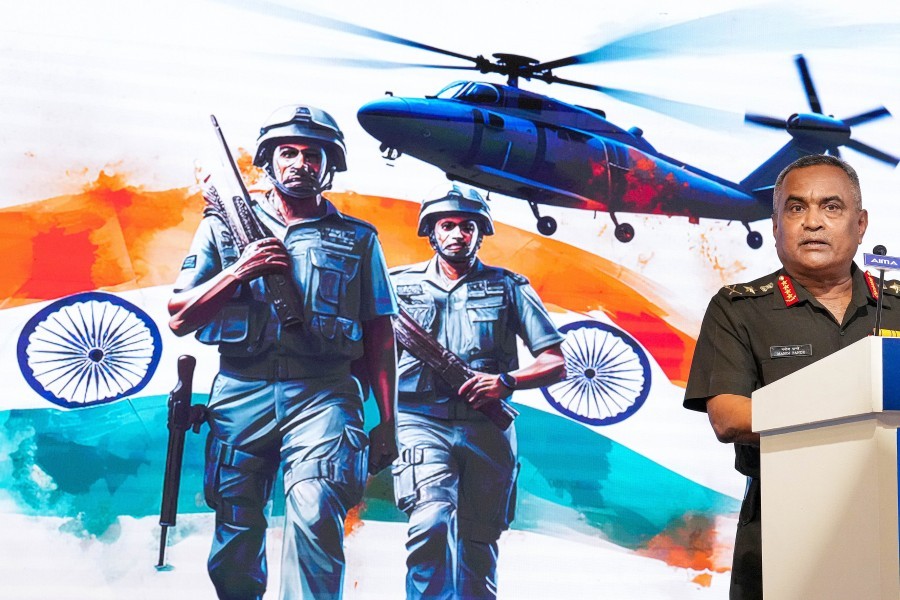
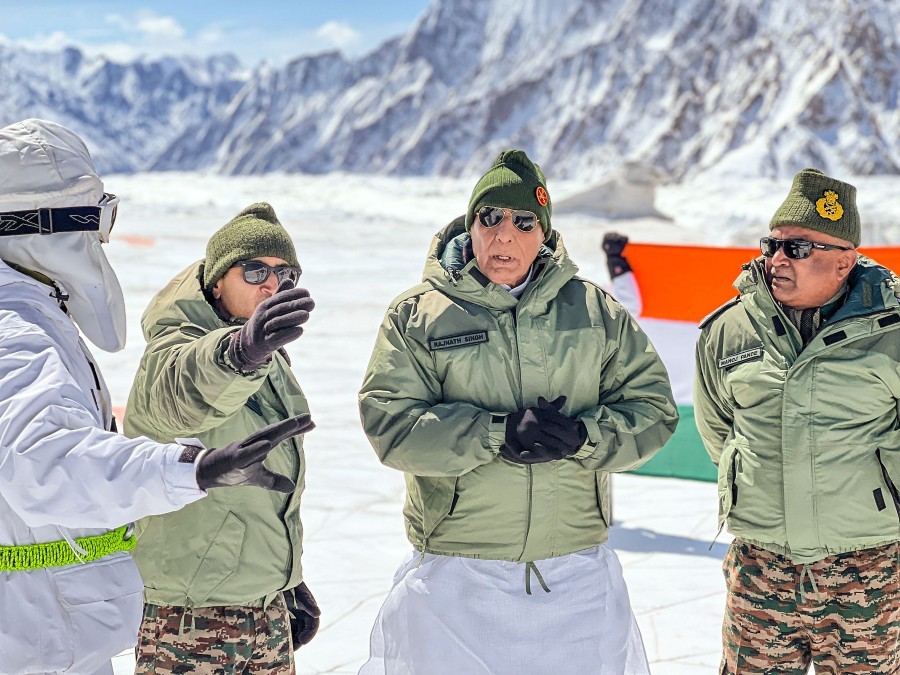

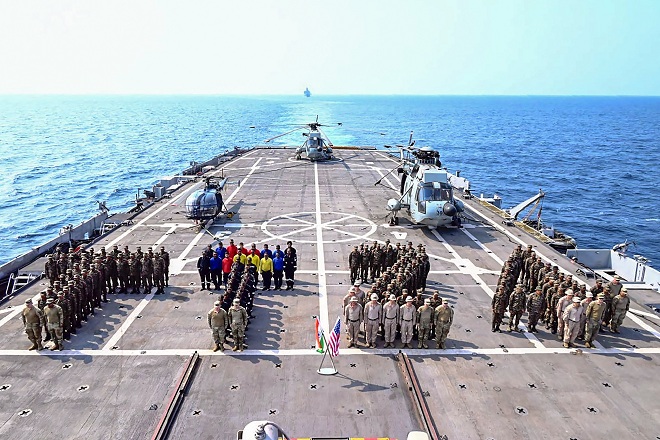
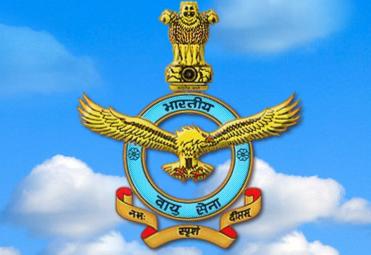
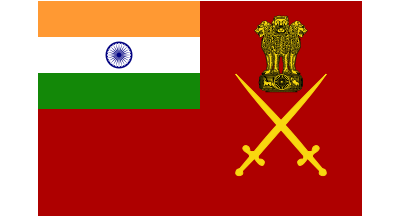
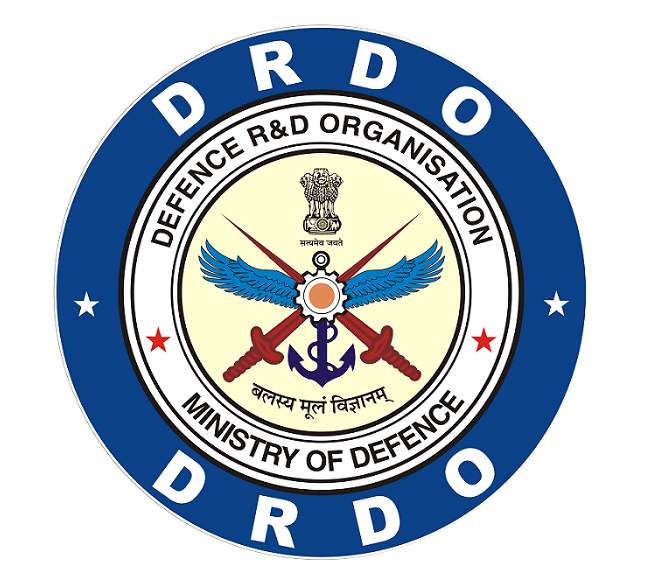
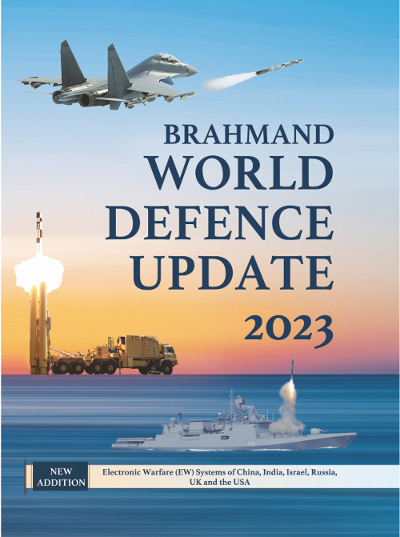




The Indian Air Force, in its flight trials evaluation report submitted before the Defence Ministry l..
view articleAn insight into the Medium Multi-Role Combat Aircraft competition...
view articleSky enthusiasts can now spot the International Space Station (ISS) commanded by Indian-American astr..
view article